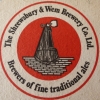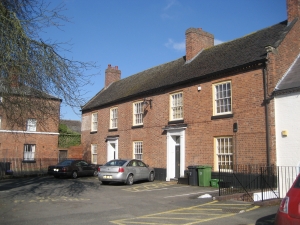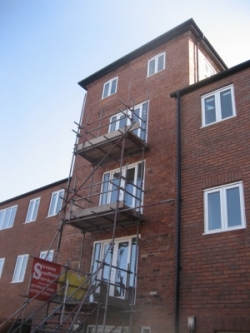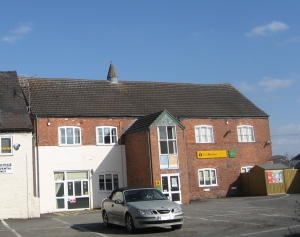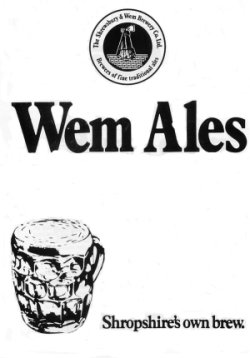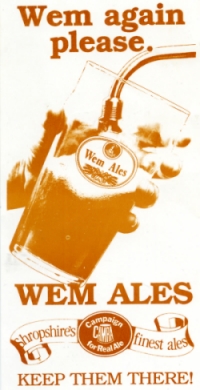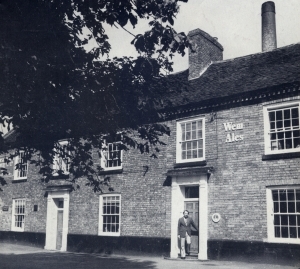
Photo - Brewery History Society
Wem has long been a brewing town, with the combination of pure water and local malting facilities (and a ready market!) leading to a large number of breweries and pubs. Prior to the late 19th century, alehouses brewing their own beer were common. However, by 1890, only two appear to have remained – the ‘Talbot Vaults’ at junction of Aston Street and the High Street, and the newly established Drawwell Brewery.The latter had been run through much of the century from a base in Noble Street The latter was based in the Drawwell House that, in 2012, was a listed building whose features included:
A two-storey 18th century bay-windowed house, with early 19th century windows. Plain tile roof with stone coping to gable ends with shaped kneelers and brick eaves cornice. The bay windows have sashes with glazing bars and slightly arched openings. Brick ridge chimney stacks.
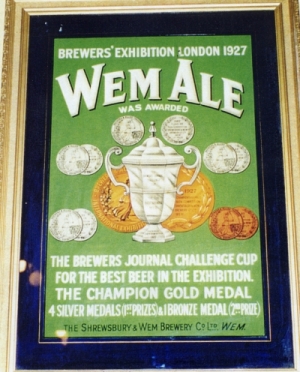
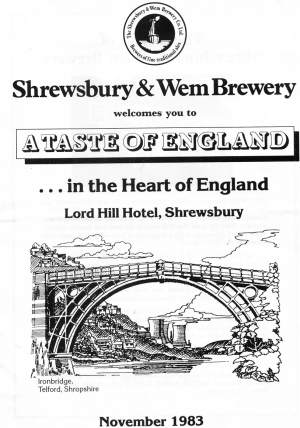
 Company logo from a letter
Company logo from a letter